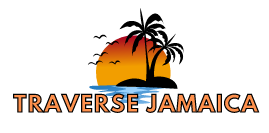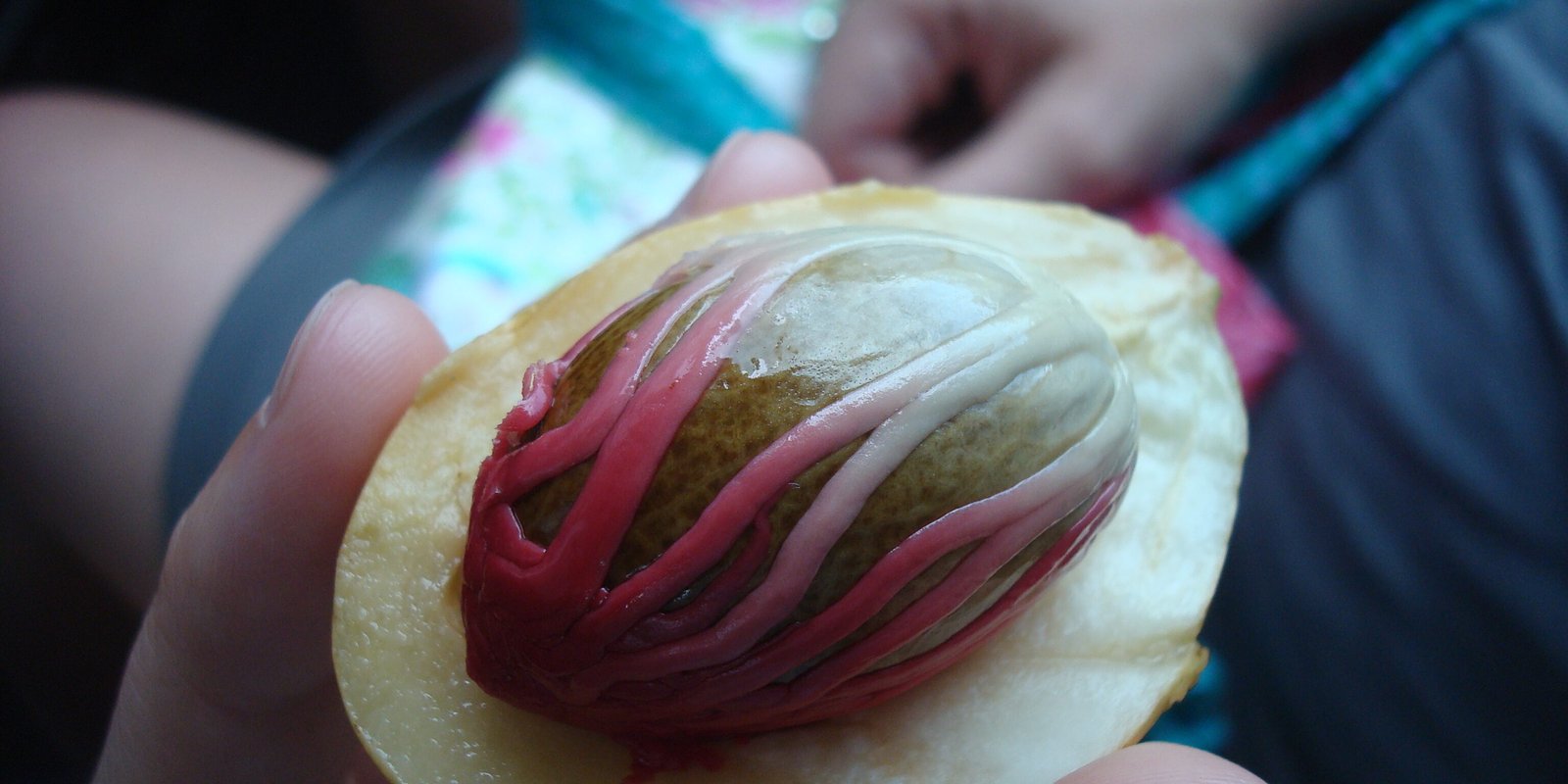Parishes in Jamaica
Jamaica has 14 parishes which are divided into 3 Counties as follows:
Cornwall has 5 – St. Elizabeth, Trelawny, St. James, Hanover and Westmoreland.
Middlesex has 5 – St. Catherine, St. Mary, Clarendon, St. Ann and Manchester.
Surrey has 4 – Kingston, St. Andrew, St. Thomas and Portland.
Each parish has its own parish council which is given limited powers. Each parish has a capital town.
St. Elizabeth:
Named in honour of Elizabeth, wife of a former Governor. St. Elizabeth is known for its farming activities and is called the “feeding basket” of Jamaica. It is Jamaica’s third largest parish. St. Elizabeth is a major producer of bauxite. There are two sugar factories in the parish and a number of crops (among them cassava, peas, pimento, tobacco). This parish is also the producer of livestock. The capital town is Black River.
Trelawny:
Named after a former Governor, St. William Trelawny. Trelawny is known for its sugar estates. Rum and sugar are Trelawny’s main products. The capital town is Falmouth.
St. James:
Named after the Duke of York who became James II. St. James is known as the second city of Jamaica. It is the birthplace of our National Hero, The Rt. Excellent Samuel Sharpe. Montego Bay is the capital town. Popularly known as “Mo Bay”, it is one of the most famous tourist destinations internationally.
Hanover:
Named after the English Monarch, George I, from the House of Hanover in Germany. Hanover is the birthplace of one of Jamaica’s National Heroes – The Right Excellent Sir Alexander Bustamante. Agriculture is its main product. The capital Town is Lucea.
Westmoreland:
Possibly named because it is the most westernmost parish in the Island. Westmoreland is Jamaica’s eighth largest parish. The parish depends on sugar cane for employment. Negril has some of the world’s best beaches and is noted for its white sands. Negril is one of Jamaica’s main tourist destinations. The capital town is Savanna-la-mar.
St. Catherine:
Named after Queen Katherine, Charles II’s Queen, the name was changed to “Catherine”. St. Catherine is one of Jamaica’s largest parishes and is next to Kingston as an industrial center. The largest salt producing plant in the Caribbean and the Caymanas Park horse-racing track are located in this parish. The capital town is Spanish Town.
St. Mary:
One of Jamaica’s smallest parishes. Scott’s Hall is known to be the home of the St. Mary Maroons. St. Mary has the largest number of (East) Indians in Jamaica. It is the parish with the most historic buildings, monuments and ruins. St. Mary has several Great Houses. It was named after its capital Puerto Santa Maria. It was one of the first sections of the island to be occupied by the Spanish. It produces a large variety of agricultural produce such as bananas, coconut, coffee and breadfruit. The capital town is Port Maria.
Clarendon:
Clarendon was named in honour of St. Edward Hyde, Earl of Clarendon. An extensive amount of bauxite can be found in Clarendon. It is the location of the famous Milk River Bath. The capital town is May Pen.
St. Ann:
Named after Ann Hyde, Wife of King James II of England. It is the largest parish in Jamaica and is also known as the “Garden Parish” because of its beautiful flowers. It is the birthplace of our National Hero, The Right Excellent Marcus Mosiah Garvey and Reggae singer Bob Marley and also the parish where Harry Belafonte live as a child. St. Ann is one of the major tourist destinations in Jamaica. The famous Dunn’s River Falls and a number of popular beaches are situated in St. Ann. Ocho Rios, popularly known as “Ochie”, is a town in St. Ann. Ocho Rios is the second major tourist town on the north coast. The capital town is St. Ann’s Bay.
Manchester:
Our National Hero, The Right Excellent Norman Washington Manley was born in this Parish. It is Jamaica’s sixth largest parish. The area is mostly mountainous and the climate is usually cool. A number of Jamaica’s businesses were started in Mandeville and it is the hub of the bauxite mining industry. One of the oldest hotels in the Caribbean, the Mandeville Hotel, is located in this parish. Citrus (oranges, ortaniques and grapefruit) are grown here in abundance. Manchester was named in honour of the Duke of Manchester, the then Governor of Jamaica. The capital town is Mandeville.
Kingston:
This is the capital of Jamaica and also the largest city in Jamaica. It is the centre of commerce for the Island. One of Jamaica’s National Heroes, The Right Excellent George William Gordon was born in Kingston. Two airports, The Norman Manley International Airport and Tinson Pen (smaller and more domestic) are located in Kingston. The capital town is Kingston.
St. Andrew:
The University of the West Indies and The College of Arts, Science and Technology (now known as The University of Technology) are located in this parish. The capital town is Half-Way-Tree. The local government for the parishes of Kingston and St. Andrew were merged to form the Kingston and St. Andrew Corporation (KSAC). Important places that are located in St. Andrew are the Governor General’s residence at King’s House, the Prime Minister’s residence at Jamaica House, the National Stadium, Sabina Park (cricket) and the Bob Marley Museum.
St. Thomas:
Might be named after Thomas, Lord Windsor, Governor of Jamaica in 1662. Our National Hero, The Right Excellent Paul Bogle was born in that Parish. The famous Morant Bay Rebellion took place in that parish. There are many factories in St. Thomas and sugar and bananas are their main export crops. The capital town is Morant Bay.
Portland:
Named after the Duke of Portland, Governor of Jamaica in 1723, Portland is known for its agricultural products. Breadfruits, bananas, coffee, coconuts and ackees are among some of the products. Portland has been known to be the host for the rich and famous many of whom own property there. The world famous Blue Lagoon is located in this parish. There is also rafting on the River Grande. Portland is also famous for its jerked food – especially its jerk pork! (Note: ‘Jerk’ food means spicy food. ) Port Antonio is the capital town.









